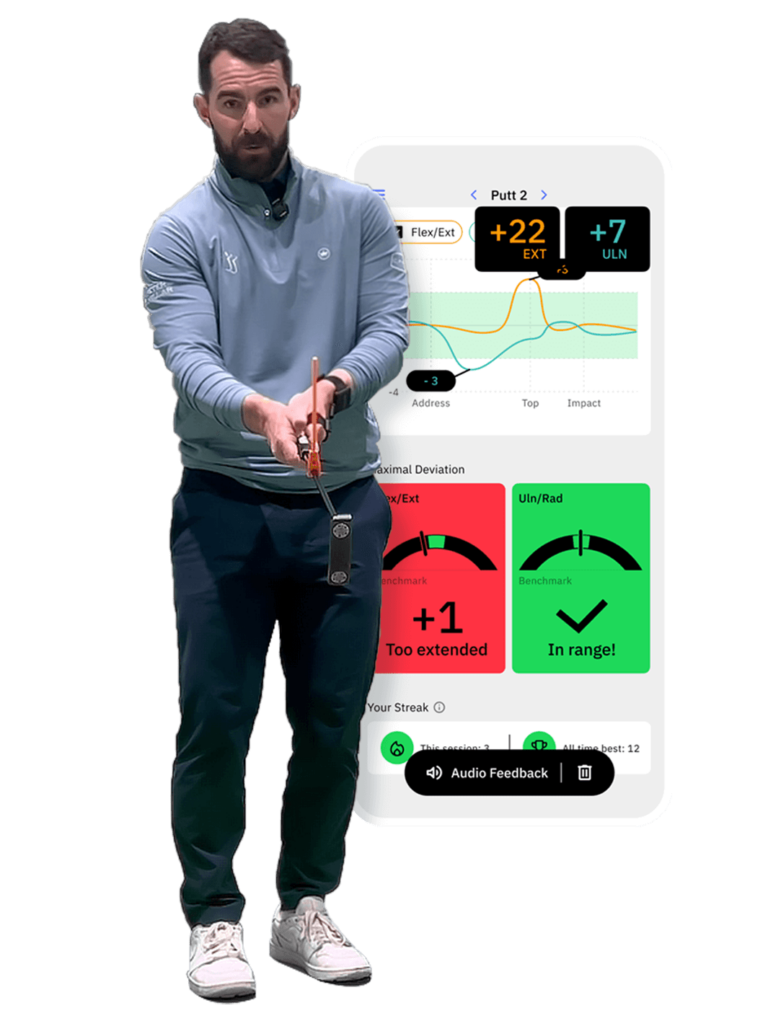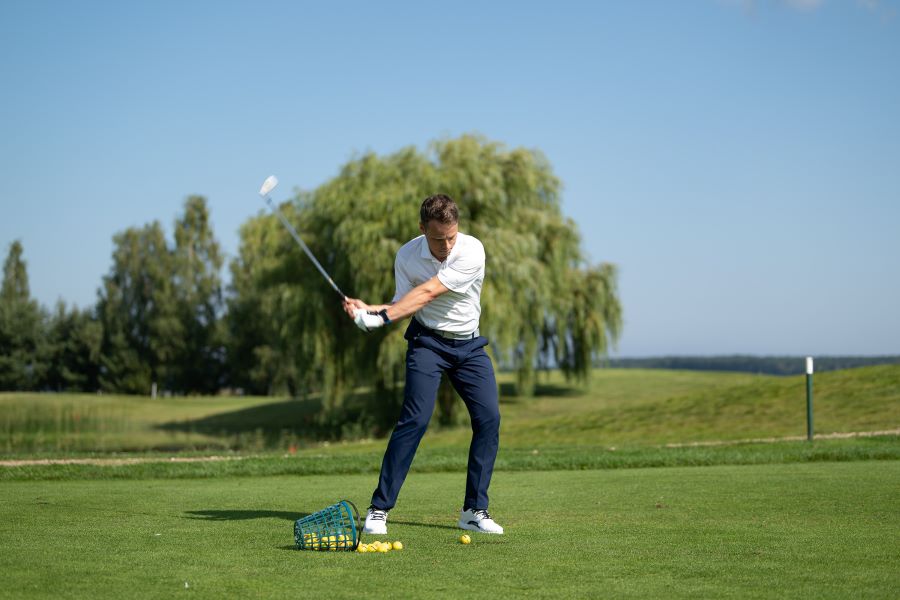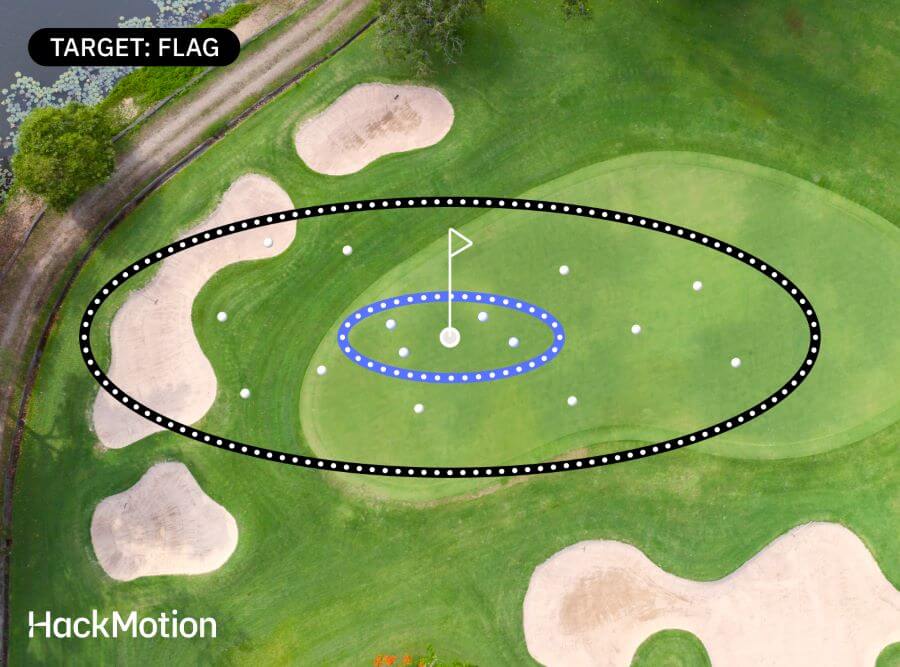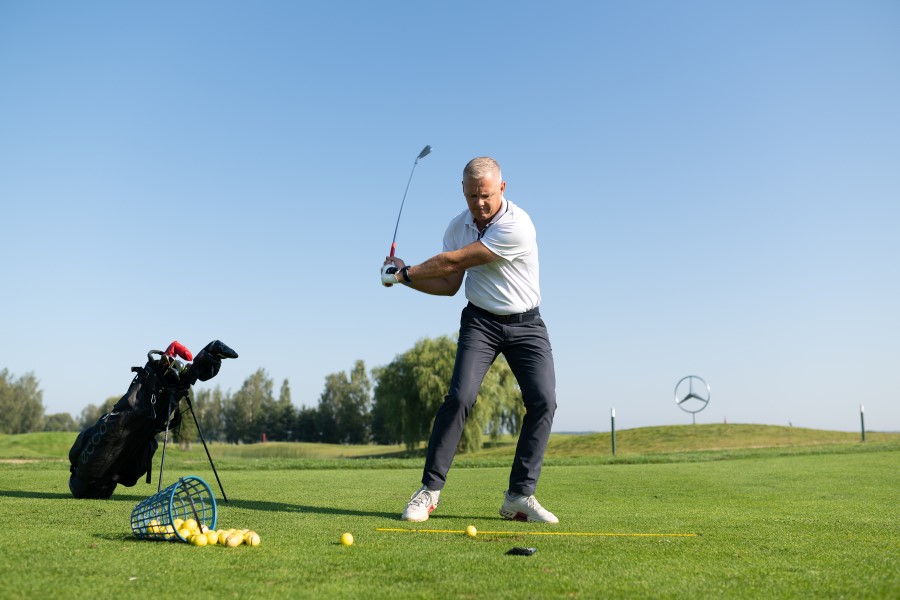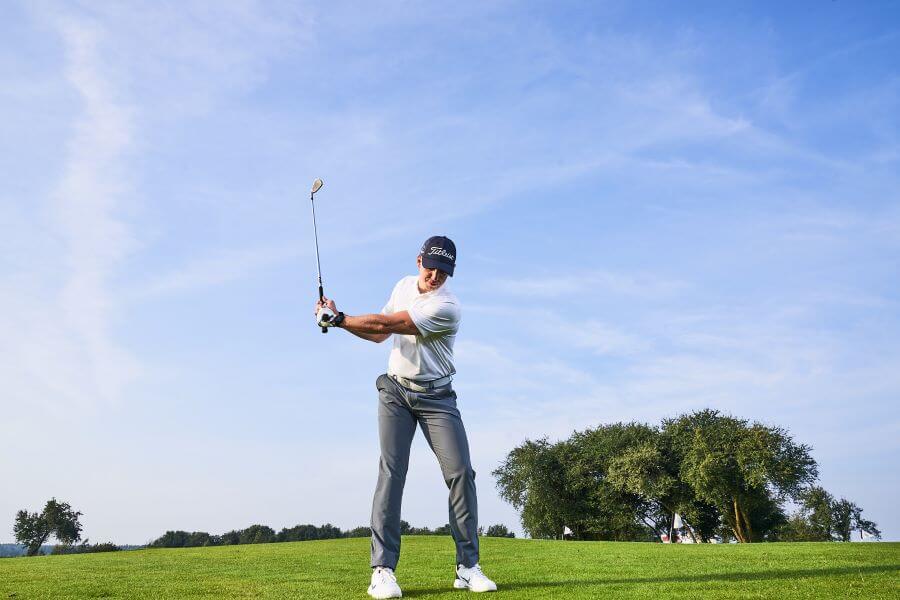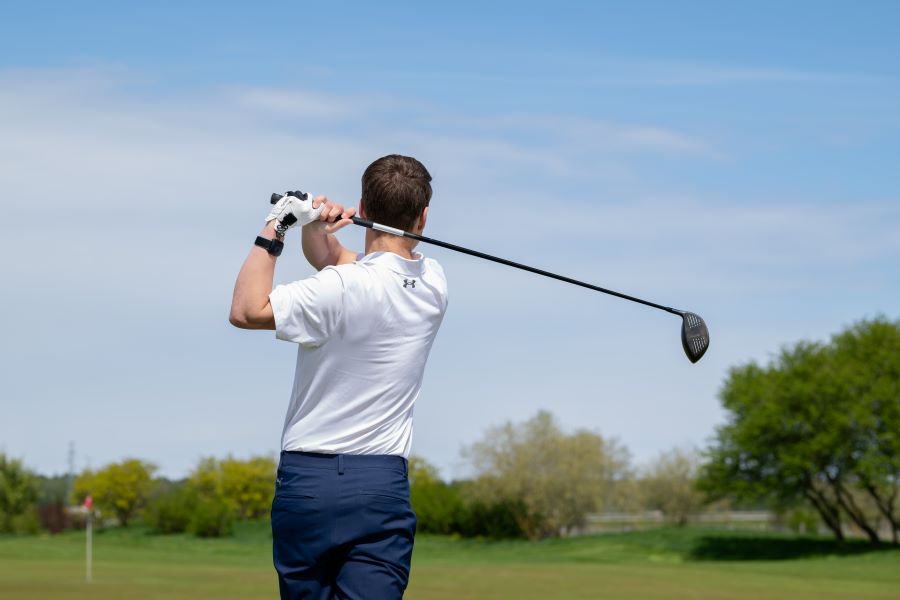6 Effective Putting Drills for Better Speed Control
Even if you have a perfect putting stroke, if you don’t get the speed or the alignment correct, you will never make the putt.
Speed is tricky for golfers because it changes from one round to the next. You have to be good at adjusting to and controlling speed to play great golf.
Here are 6 of the best golf putting drills for speed; each one gives you some insight into what could be causing your putting woes.
Contents
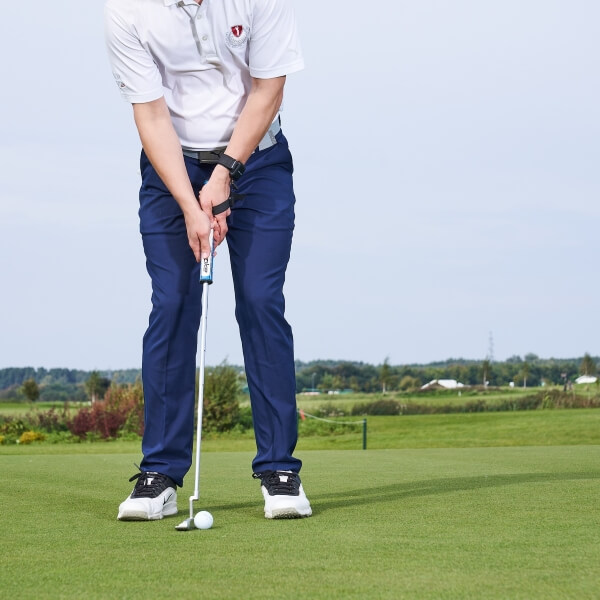
See how mastering wrist movements can transform your putting game.
6 Proven Putting Drills to Master Speed Control
Tee Ladder Drill
The tee ladder drill is a great place to start if you have never worked on a putting drill for speed.
With this one, you will place three tees in a line about 9-12 inches apart. Setup the first tees at the 5-foot mark, the second set at the 10 feet, and the third set at 15 feet.
Aim to get the ball to roll between the first and second tees at the 5 foot mark. If you can do it, then flip around and try to get the ball to end up in between the first and third tees on the opposite side.
You’ll quickly learn how hard it is to stay consistent and hit these small margins each time. It’s a good idea to wear your HackMotion while working on these drills, as you can really see how the inconsistencies in your putting stroke impact the results.
Leap Frog Putting Drill
The leap frog putting drill becomes almost like a game, making it a fun one to practice. For this drill, place a pile of balls at your starting point. Set a tee five feet away from you and another tee 20 feet away. Between these two tees, you’ll have a 15-foot gap.
Putt the first ball just past the first tee marker at 5 feet. Then, keep putting to get the ball to finish just after the one you previously putted. The goal is to get each one to go slightly further than the last and have them all end up between the two tee markers.
Start by trying to get 5 golf balls, then 10, and finally 15 or more between the two tees.
Distance Control Drill
Brad Faxon is one of the best short-game players the game has ever seen. This drill will help you understand how he approaches distance control and the technique he uses.
Stand beside the ball and look at the hole while taking exaggerated practice strokes. Let the putter swing freely.
When it’s time to hit the ball, adopt the mindset of swinging through it for a smoother stroke. Position your putter behind the ball and look at the hole to gauge the distance. Look at the hole again, and then execute the stroke.
This drill can eventually be incorporated into your pre shot routine if you find that it actually works and helps you make a smoother, freer stroke without feeling like you are guiding the ball to the hole.
Visualization Circles Drill
Yet another putting drill for speed incorporates visualization into the practice routine.
This putting drill helps you break putts into two categories. The first category includes putts you plan to make (those less than 20 feet), and the second consists of putts you need to get close (those more than 20 feet).
For the putts you try to make, visualize a spot six to eight inches behind the hole where you want to miss each one.
For the longer putts, aim for a three-foot circle around the hole. Using a tape marker, tees, or even a chalk line, ensure you can get the ball into this circle each time.
Work on this drill before you head to the golf course to make sure you have the speed down for the day.
5 Golf Ball Drill
For this putting speed drill, gather five golf balls, including one yellow golf ball to make sure it stands out from the others. Pick a spot where you have some open room to practice; you don’t need a hole for this one.
Putt the yellow golf ball first and try to make a smooth stroke; never look up to see where it went.
Next, without looking at where the yellow ball went, aim to take the same stroke and get the other four white golf balls as close to the yellow as possible. Do not look up each time you putt; simply try to replicate the feel of the stroke.
After you have hit all five, look at the golf balls and see how close you were to putting them near the yellow ball. Some professionals even work on this drill with their eyes closed to help develop better feel.
This is another great drill to work on while wearing your HackMotion. Since we have determined that consistency of the putting stroke is the most important part of the process, you can almost guarantee that the putts that performed the best were those that had the most consistent wrist action.

Learn how good wrist control can make your putting better.
Stroke Length Drill
Finally, while feel is incredibly important when working on putting drills for speed, it’s also crucial to work on your stroke and ensure it’s consistent enough to match the speeds you want.
For this drill, place three tees on the putting green. The first tee marks your starting position or the location of the ball. The second tee is one grip length behind the start, and the third tee is one grip length in front of the starting point.
Stand over the ball and focus on taking the putter from the back tee to the front tee. Try to maintain a medium tempo and do this for about 10 to 15 seconds while keeping the proper rhythm.
Once you get this back-and-forth motion down, start hitting golf balls using this method.
Always hold your finish position to make sure it reaches the front tee marker. This will not only improve your tempo but also make it easier for you to adapt to the speed.
Final Thoughts
Although you can practice some golf putting drills at home, it’s easiest to go to a practice green and work on these.
When you have more room to work with, you can develop better control and speed awareness from short and long distances. Always wear your HackMotion when working on speed to ensure your stroke is consistent and your wrist angles are optimized.
